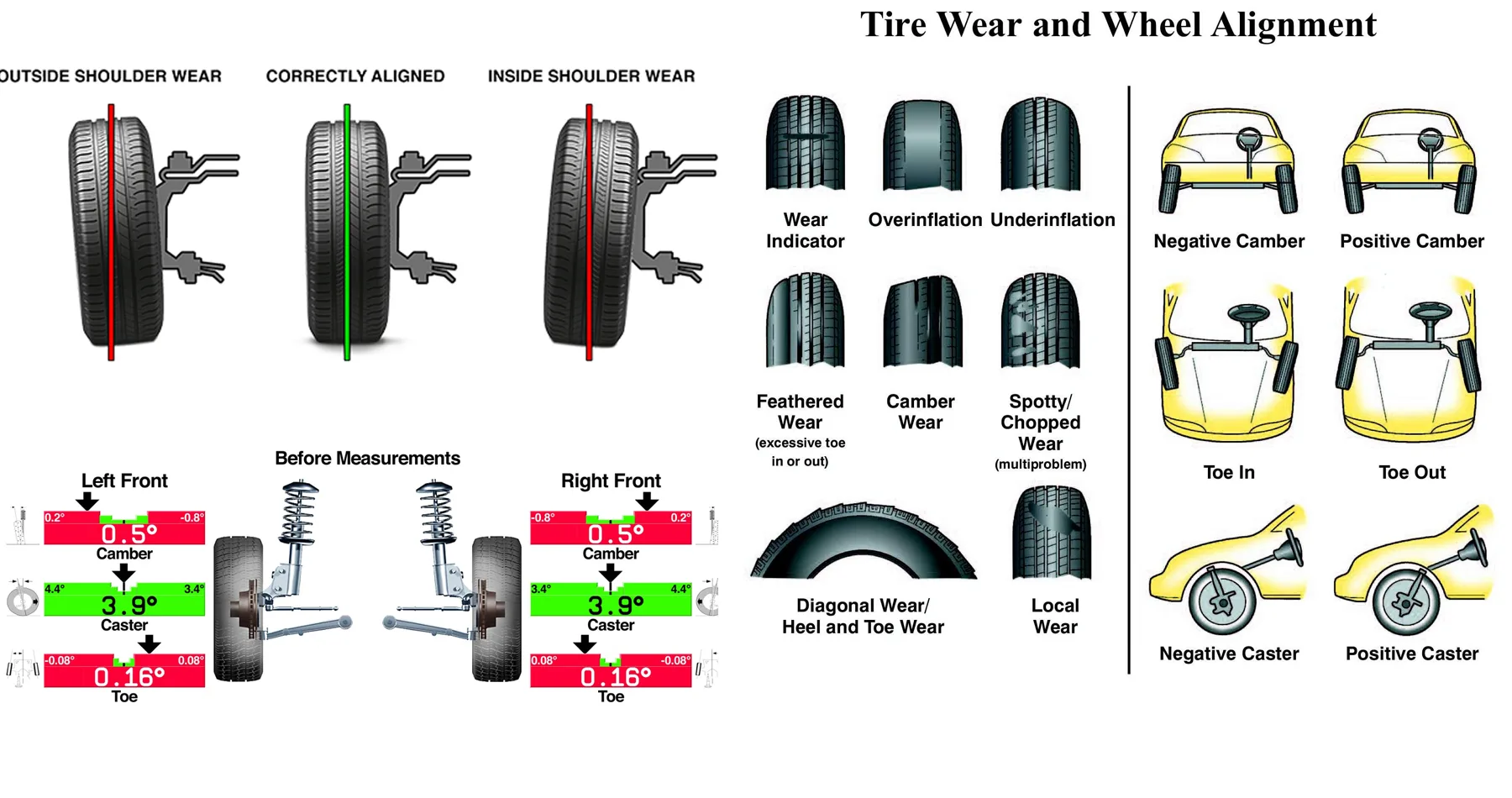Introduction:
The important part of vehicle maintenance that helps ensure safety, improve handling, and extend the life of your tires is car alignment. But how often should you align your car? The answer depends on many factors like your driving habits, the type of vehicle you are using, your car, and the condition of your suspension and steering. In today’s article, we are going to take a closer look at the benefits of car alignment, the signs that show that your car may need an alignment and often you should check your alignment.
How often car alignment should be done
Car alignment- what is it?:
Another name for your car alignment is wheel alignment which refers to the adjustment of the suspension of the car and steering components to make sure when your car’s wheels are properly aligned, they are straight and in sync with each other and the road. Basically, car alignment means making sure that the wheels of your cars are in the right position. Proper alignment helps ensure that your car handles properly, reduces tire wear, and saves fuel. There are three major types of car alignment which are named and discussed as follows:
- Front end
- Thrust
- Four wheel
Their detailed information is explained as follows:
Front end:
The type of car alignment that adjusts only the front wheel is called front-end alignment. It is also famous for one other name which is two-wheel alignment.
Thrust
The type of car alignment that adjusts the front wheels as well as the angle of the rear wheels, is known as the thrust alignment. Another name for thrust alignment is thrust angle alignment.
Four-wheel alignment
A four-wheel alignment is a type of car alignment that adjusts all four wheels. Four-wheel alignment is also known by one other name which is full alignment.
Benefits of car alignment:
Making sure that your wheels are in the right position has many benefits. Some of these are explained next:
- Improved handling
- Reduced tire wear
- Improved fuel efficiency
- Safer driving
These all benefits are explained in detail as follows:
Improved handling:
When your wheels are in the right position, your car handles better. This makes it easier to control your car in emergencies and drive around the corner safely.
Improved tire wear:
When your wheels are not aligned correctly, your tires wear out unevenly. This means you would have to replace them more often, which can be expensive. So basically making sure that your wheels are aligned correctly can save money in the long run.
Improved fuel efficiency:
When your wheels are aligned correctly it is easier for your car to move. This means you can save money on gas too.
Safer driving:
When your wheels are aligned correctly your car is safer to drive. This means you are less likely to get into accidents or have your car break down.
Signs that your car needs an alignment:
If the wheels of your car are not aligned properly, there are a number of things you might notice. For instance:
- Uneven tire wear
- Putting to one side
- Steering wheel vibration
- Crooked steering wheel
Let us write detailed notes on it as further:
Uneven tire wear:
If the tires on your car are wearing down in an uneven way, this could mean your wheels are not aligned correctly.
Putting to one side:
If your car drifts to one side while you are driving, it could mean your wheels are not aligned.
Steering wheel vibration:
If your steering wheel shakes or vibrates while you are driving, it could mean your wheels are out of balance or not aligned correctly.
Crooked steering wheel:
If your steering wheel is not straight when you are driving in a straight line, it could mean your wheels are misaligned.
Crux:
You should have your car’s alignment checked regularly, typically every 6,000 to 12,000 miles or every 2-3 years or as recommended by your mechanic.
READ MORE :
- All About Aston Martin Cars
- Audi e tron Review
- Bently Continental GT price in India
- BMW X1 Price in India
- Brezza 2022 Launch date in India
- Why Bugatti Is So Expensive?
- Best car dealers in Dubai
- Concorde Motors Kochi
- Honda Showroom Kochi
- Indus Motors Thevara
- KIA DEALERS IN PUNE
- Lamborgini Showroom in India
- Nippon Toyota Kalamassery
- Rolls Royce Showroom in India
- Sai Service Pathadipalam
- Top 10 Car Showrooms Kottayam,
- Top 5 Car Showrooms Trivandrum
- BREZZA 2022 vs TATA NEXON
- Citroen C3 price in India
- 2021 Chevrolet corvette vs Mustang Shelby GT50
- Is Mercedes-Benz better than BMW?
- EcoSport Price in Kerala
- Upcoming Ford cars in India –
- Alcazar
- Cars price in India
- Hyundai Creta
- i20 Price in Kerala on-road
- venue price in India
- KIA Carens price in India on road
- Carnival 2021 India
- KIA Cars on road price in India
- seltos price in Kerala
- Kia sonet price in Kerala
- Landrover Range rover Evoque review
- Mahindra Bolero Neo
